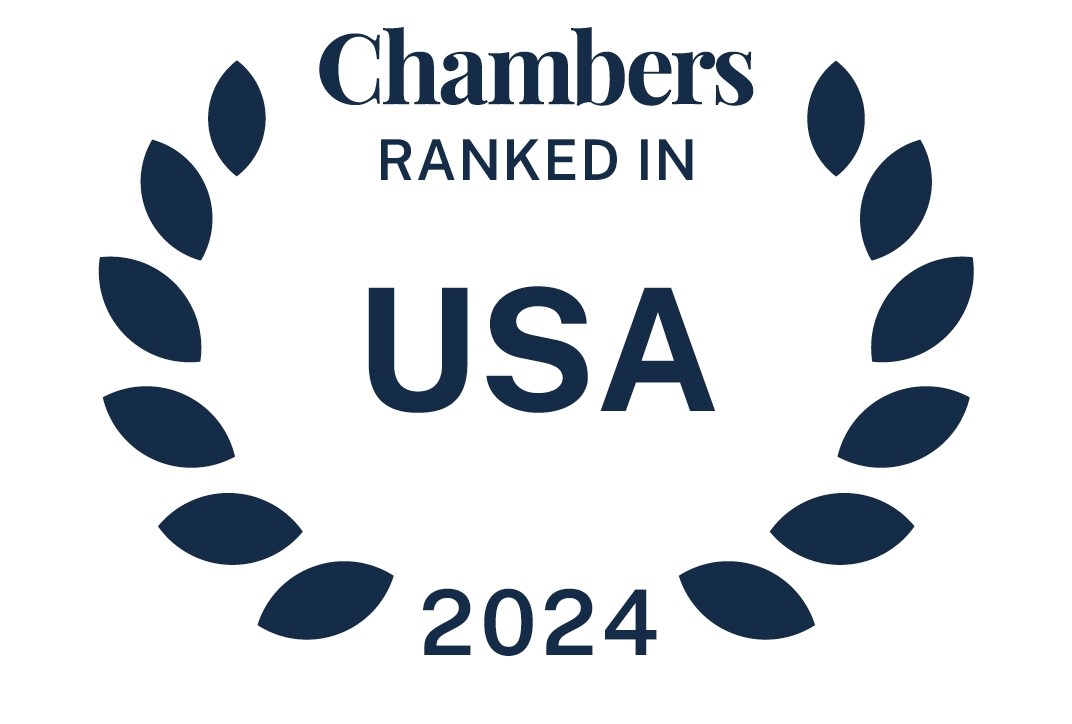Recent bipartisan US Senate proposals aim to strengthen Employee Stock Ownership Plans (ESOPs) by streamlining their formation for small businesses and expanding US Department of Labor support. The legislation reflects growing consensus that ESOPs enhance retirement security and employee engagement, aligning with broader efforts to modernize benefit structures.
In this BenefitsPRO article, Allison Wilkerson and Myriem Bennani break down the legislation and the implications for ESOP trustees.
read more


 Subscribe
Subscribe




